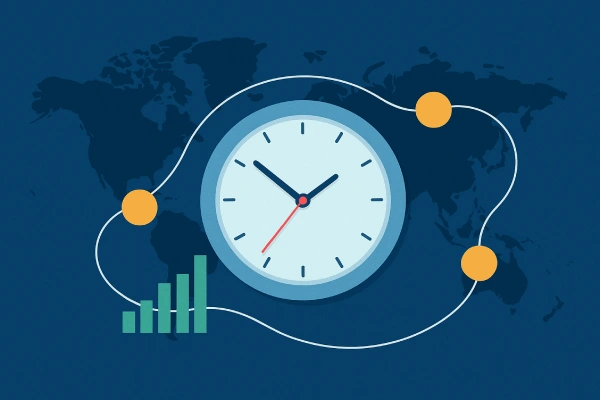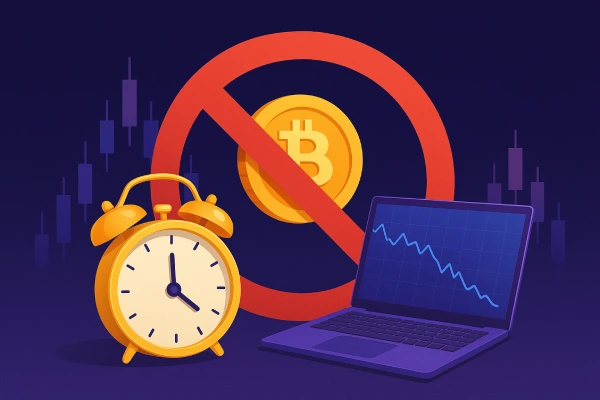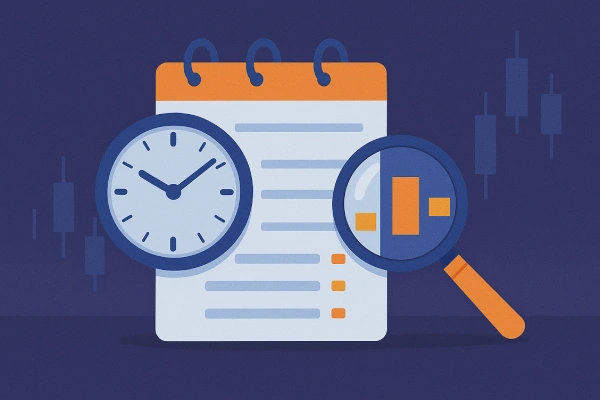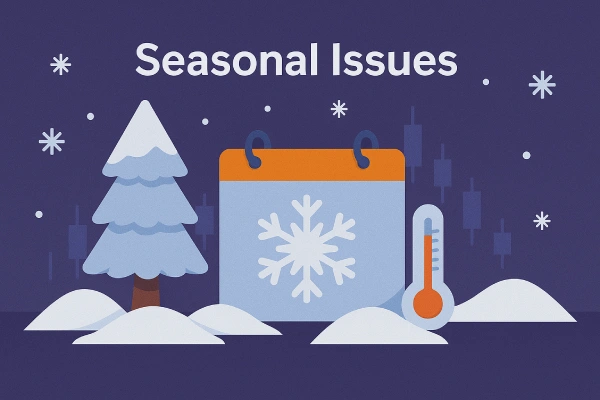When to Trade Forex: Discover the Most Profitable Hours
Best Times to Trade Forex
"Timing is everything in forex trading. Discover the best times to trade for maximum profit, minimize risk, and catch the market when it’s most active!"
Wikilix Team
Educational Content Team
10 min
Reading time
Beginner
Difficulty

Now that your forex trading account has been established, and you have reviewed charts, learned the basics of trading, and hopefully practiced with a demo, you have one burning question left on your mind: "When can I get to trading?" If you have ever placed a trade and referred to the computer to watch the market do absolutely nothing or, worse, spike sharply against you, then you know that timing is everything in forex. The forex market is open 24 hours a day, 5 days a week, but it does not mean that all hours are equal. It is no secret that some hours provide much more opportunity -- and profit potential -- than others. In this article, we are going to break down when to trade forex so that you can capitalize on your trades, trading sessions, overlaps, and whether you should be trading based on your trading goals.
1. A 24-Hour Forex Market is a Global Clock
Being that forex is a decentralized, over-the-counter market, trades can be placed at any time -- but that doesn't mean that there is an ideal time to trade.
The market commences on Sunday at 5:00 PM EST (10:00 PM GMT), with the Sydney session, and concludes on Friday at 5:00 PM EST, when the New York session closes. This makes for five full days of continuous trading. However, during this time, there are some key times when you will see more activity in the market, providing you with good opportunities to place trades.

2. The Four Major Trading Sessions
The forex market follows the operating hours of the four major financial centers:
Session | Region | Open (GMT) | Close (GMT) |
Sydney | Asia-Pacific | 10:00 PM | 7:00 AM |
Tokyo | Asia | 12:00 AM | 9:00 AM |
London | Europe | 8:00 AM | 5:00 PM |
New York | North America | 1:00 PM | 10:00 PM |
Each session has different characteristics. For example, the "Tokyo" session is known for its slow, steady movement, while the "London" session has a reputation for high volatility and volume.
3. The Overlapping Sessions
Typically, some of the best trading opportunities arise during overlaps, when two sessions are open simultaneously. This is when we see the most liquidity and volatility, which results in better price movement and narrower spreads.
Overlap | Time (GMT) | Why It’s Good |
London–New York | 1:00 PM – 5:00 PM | Highest liquidity and volatility |
Tokyo–London | 8:00 AM – 9:00 AM | Brief but can offer momentum |
Sydney–Tokyo | 12:00 AM – 7:00 AM | Active for AUD/JPY and Asian pairs |
The overlap of the London and New York trading session times is typically regarded as the most optimal time to trade, particularly with major currency pairs like EUR/USD, GBP/USD, and USD/JPY.
4. When NOT to Trade
It is just as important to know when not to trade:
- Late Friday Afternoons: As the week winds down, liquidity decreases as traders square their positions.
- Sunday Evenings (Market Open): The market offers low volume, tends to have wider spreads with erratic or unpredictable moves.
- During Major Holidays: Christmas, New Year, and other global holidays all have a thin market.
- Before Major Economic News Releases (if not prepared): An unexpected price movement can hit your stop-loss before you even react.

5. Your Time Zone Matters
Your time zone will also play a significant role in determining a favourable trading time.
Region | Recommended Session |
Europe | London & London–New York Overlap |
North America | New York & London Overlap |
Asia-Pacific | Tokyo & Sydney–Tokyo Overlap |
If you’re a part-time trader, try to match your sessions to your available time. Don’t put yourself under undue pressure to stay up for sessions that are outside your time zone, and be aware that you will typically make poor decisions.
6. Matching Time Of Day With Your Strategy
Your trading strategy can also impact the best time to trade.
- Scalpers need to have high liquidity, and therefore should trade during the overlap of the London and New York sessions.
- Day traders usually prefer times of market volatility, so they would pay close attention to the London and New York sessions.
- Swing traders are looking to find trends, and any session is ok, so long as they find a strong setup.
- News traders focus on trading around a high-impact news event such as NFP, interest rate announcements, or CPI reports.
7. Timing Your Trading With The Economic Calendar
Many traders time their trading sessions around scheduled economic data releases, and they typically have very fixed time frames for the release of data, such as:
- Non-Farm Payrolls (NFP): First Friday of the month
- FOMC Interest Rate Decisions
- Bank of England or ECB statements
- CPI, GDP, Unemployment Data.

8. Volatility By Day of The Week
Market behaviour also shifts as the day of the week progresses. Here is a summary of the behavior:
Day | Market Activity |
Monday | Slow start, low volume |
Tuesday | Picks up, more reliable trends |
Wednesday | Midweek momentum and news |
Thursday | High volatility, trend continuation |
Friday | Active early, flat late (position closing) |
If you are a novice, avoid trading on Mondays and Fridays late in the day. The best days to trade are Tuesday to Thursday.
9. Liquidity and Spreads Matter
Order spreads - the difference between the bid and ask - are at their narrowest during active trading sessions. If you're trading during off hours, they can widen significantly, especially on an exotic pair. At this time, stick to major pairs when trading during active hours for the best execution.
10. Seasonal Issues
For real, the time of year even matters in forex trading.
-July - Aug: volume tends to be lower; markets may range.
-End of Year: December sees very little activity, wide spreads.
-Post-Summer: September - November, markets return.
Conclusion: Smart Timing Equals Smart Trading
So, what's the best time to trade forex? There is no definitive answer, as it all depends on where you live in the world, what you are selling, and how you are trading. But in general, we Recommend:
Try to find overlap periods; London-New York is usually a sweet spot in the market.
-Don't trade in thin markets (weekends, holidays, low session).
-Try to stay in your trading periods as per your plan and time zone.
Great traders not only understand good analysis; they also possess a good sense of timing. Knowing when to trade can enhance your potential to execute well, increase your profits, and improve your confidence in all your trading decisions.

Conclusion:
If there is no best time to trade Forex, the most strategic thing you can do is set yourself up in the best position to profit, but also decrease your risk. Typically, successful traders will trade during periods of liquidity and volatility, when the market is active, and especially when there are overlaps in major market sessions, such as when the London and New York markets overlap during their sessions. It is equally essential to avoid times of thin markets, such as late Fridays, Sundays & holiday trading. Additionally, ensure you're trading in your time zone while not disrupting your schedule, being mindful of your trading style. To better execute your trades, create a better potential return for yourself, and build on your confidence by gaining proficiency in knowing when to enter the market, and, equally important, when to stay out of the market.
What's Next?
Keep building your knowledge with our structured learning path. Each section builds upon the previous one.
This is the first section
You're at the beginning of your journey!
This is the last section
You've completed this course!
